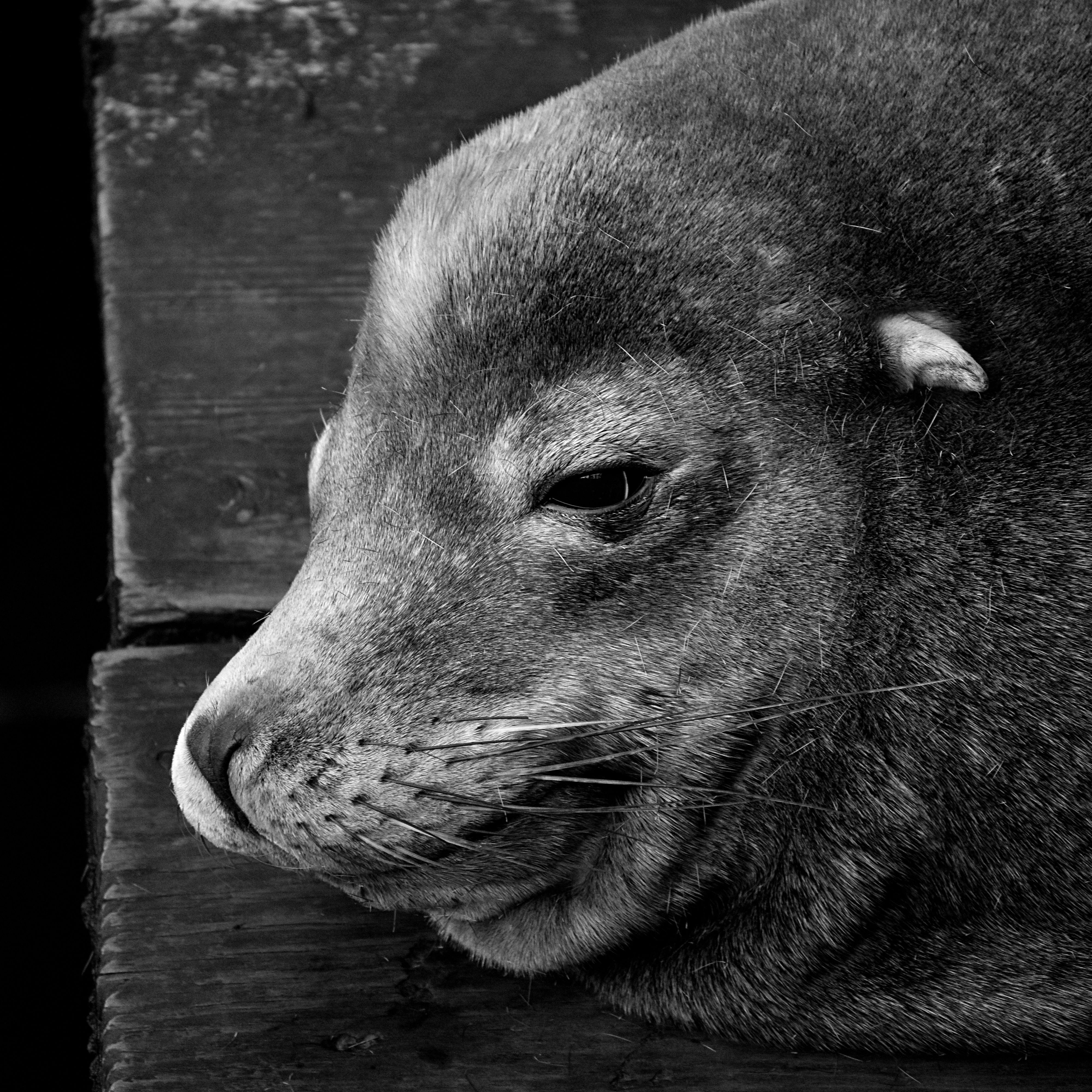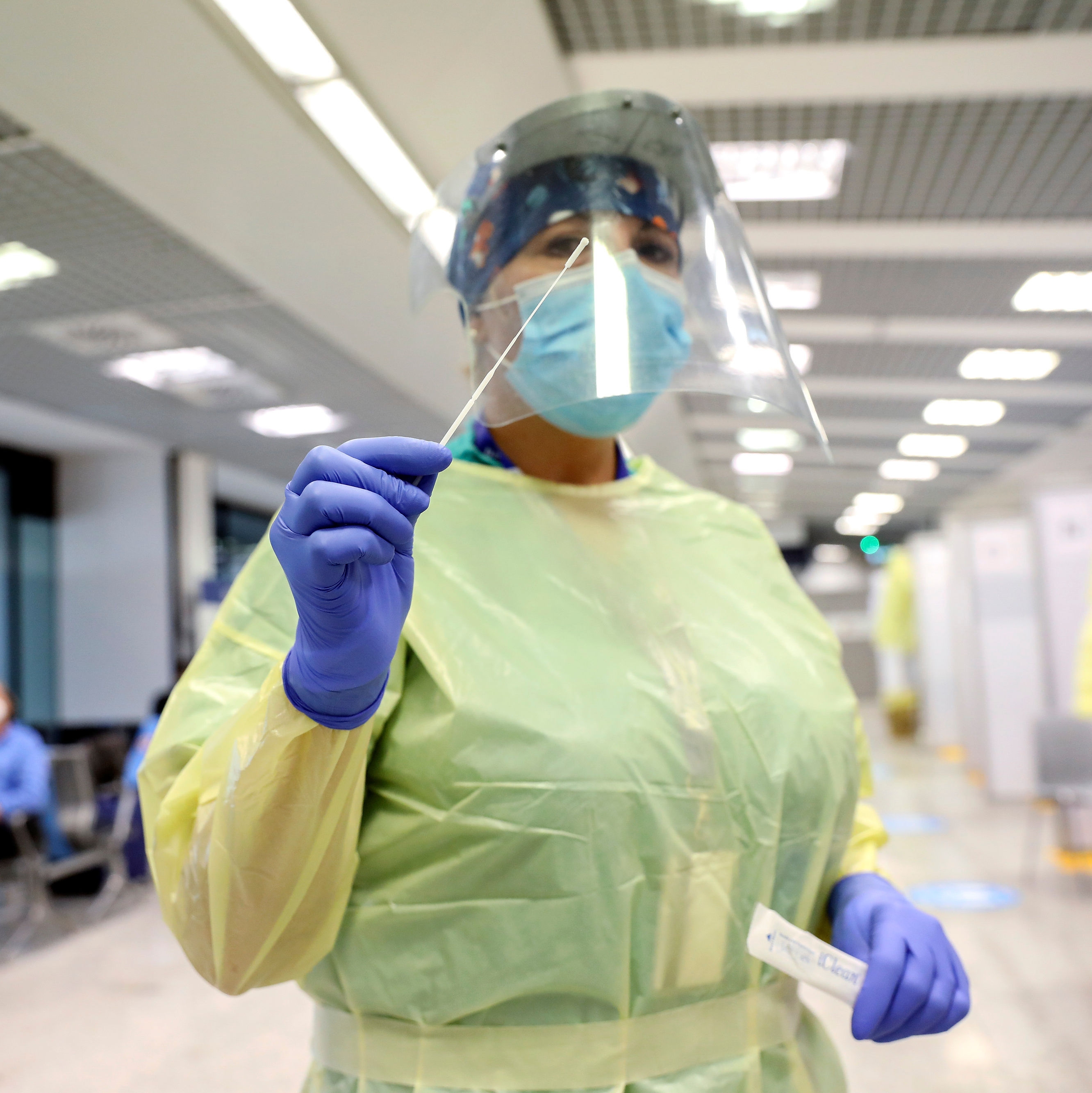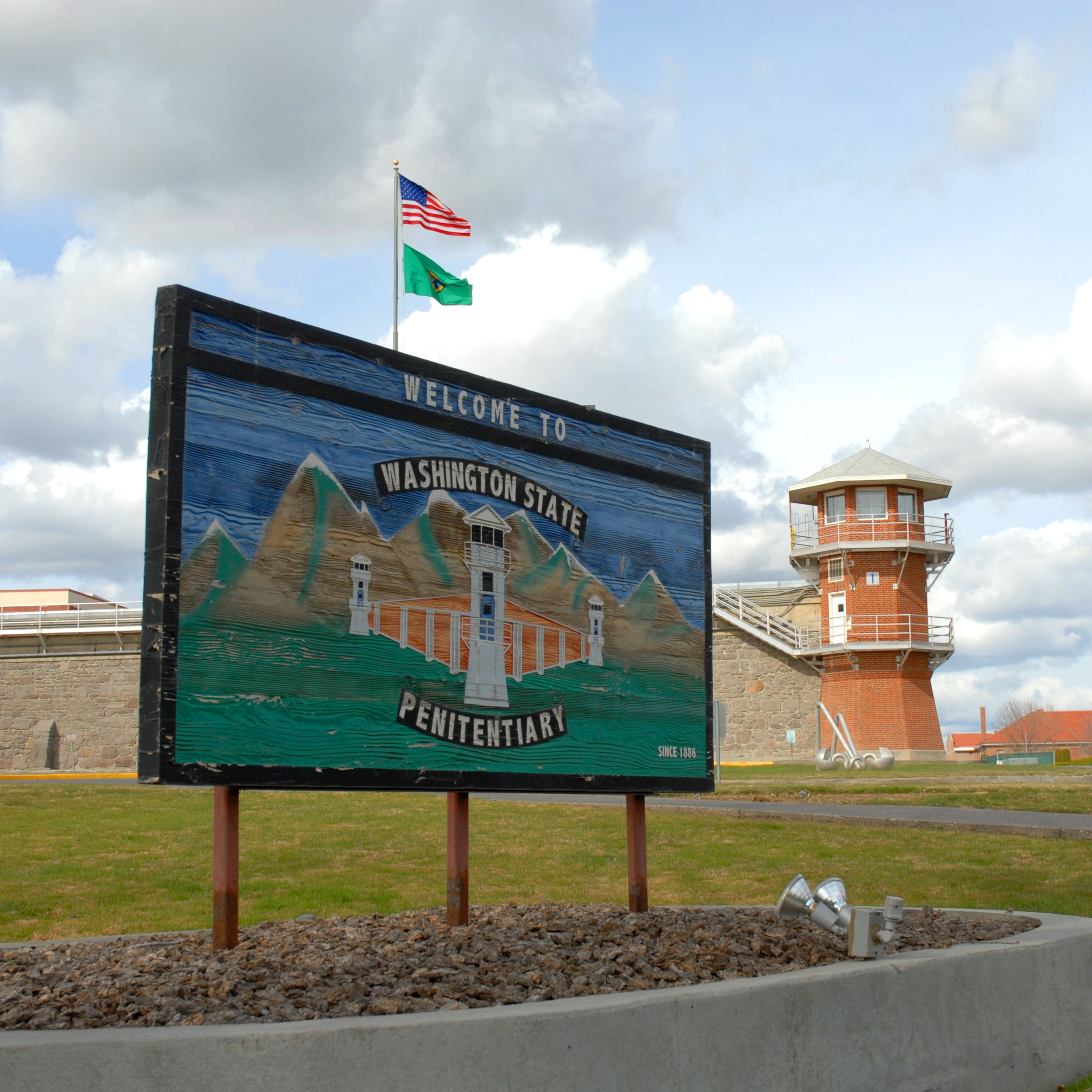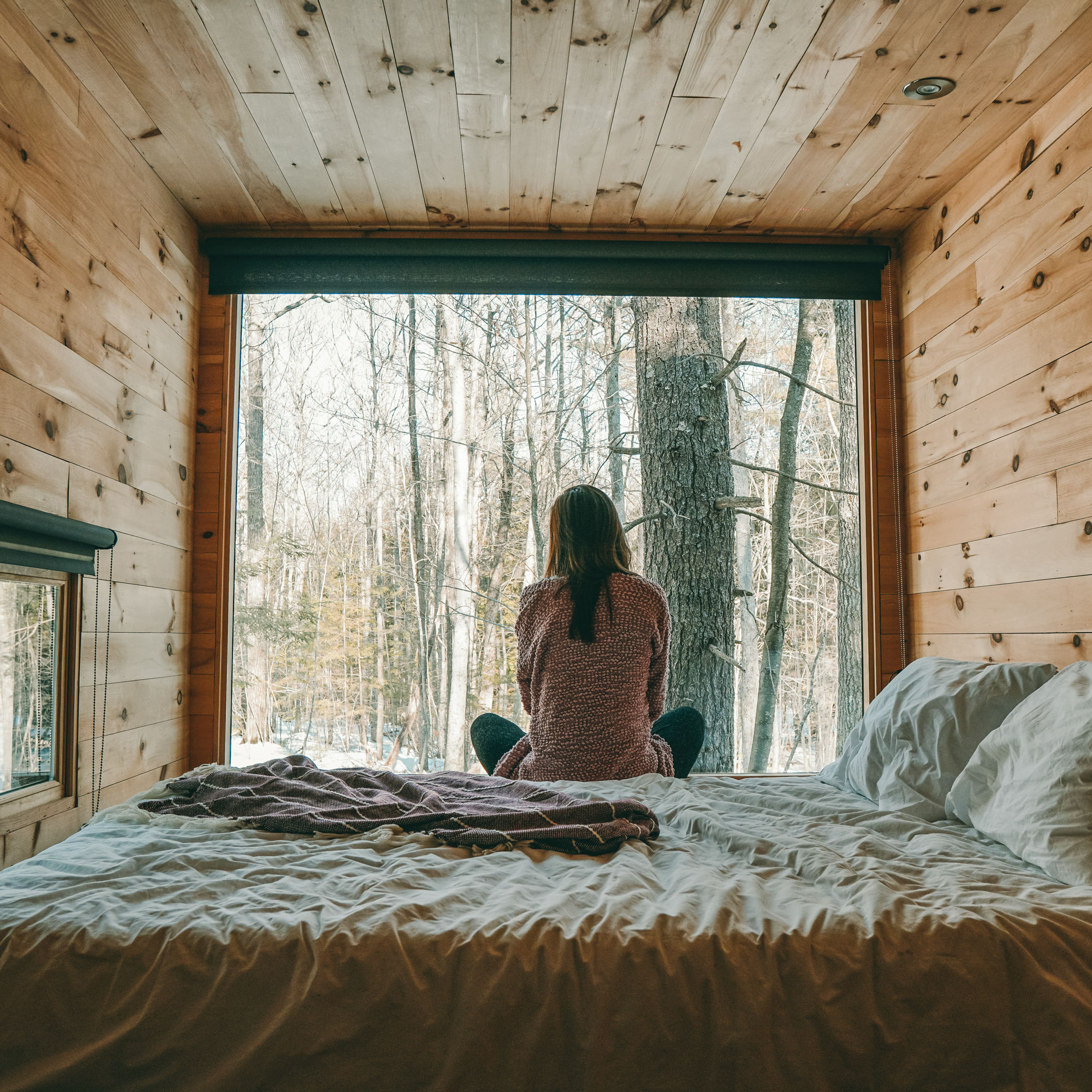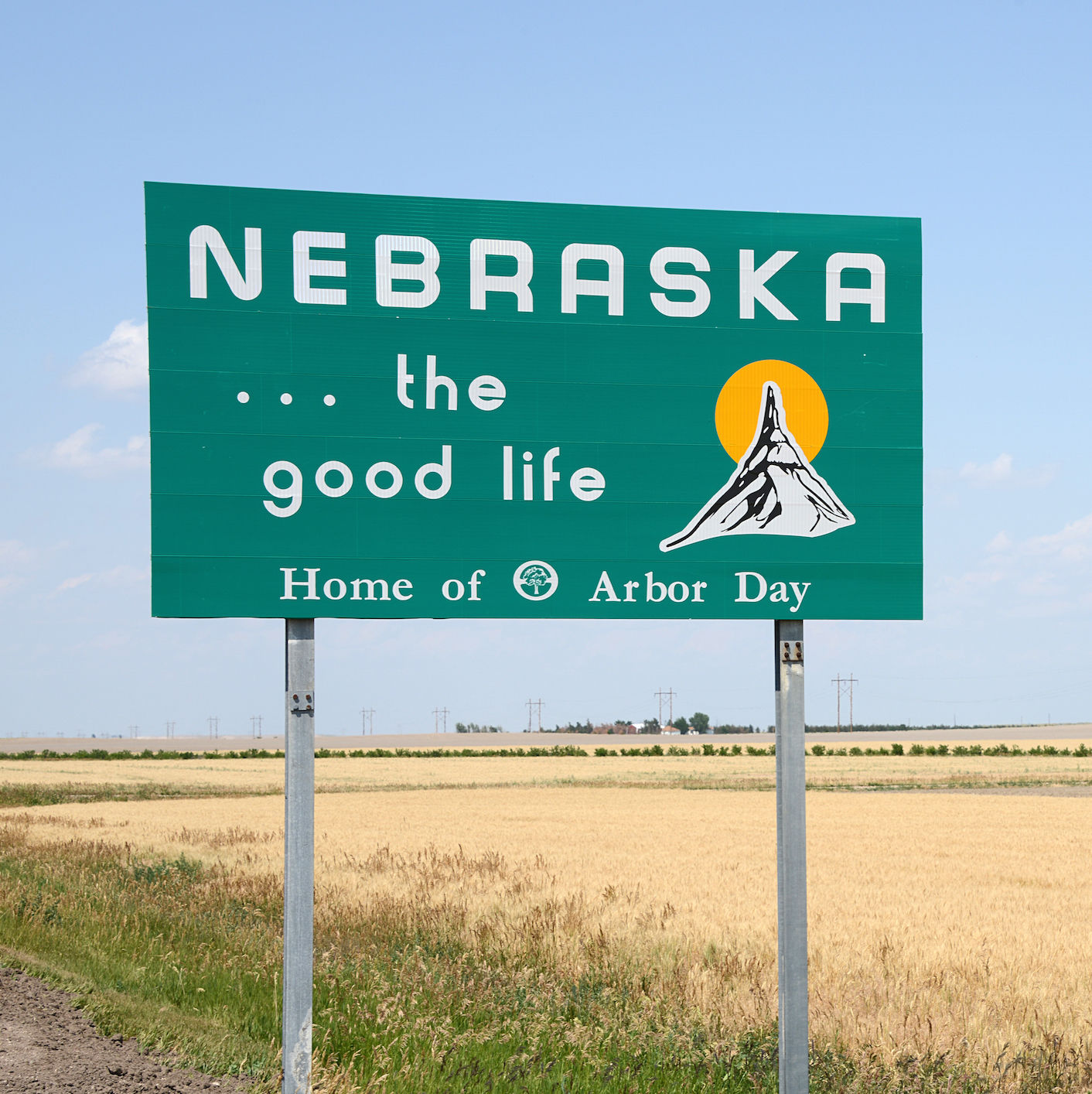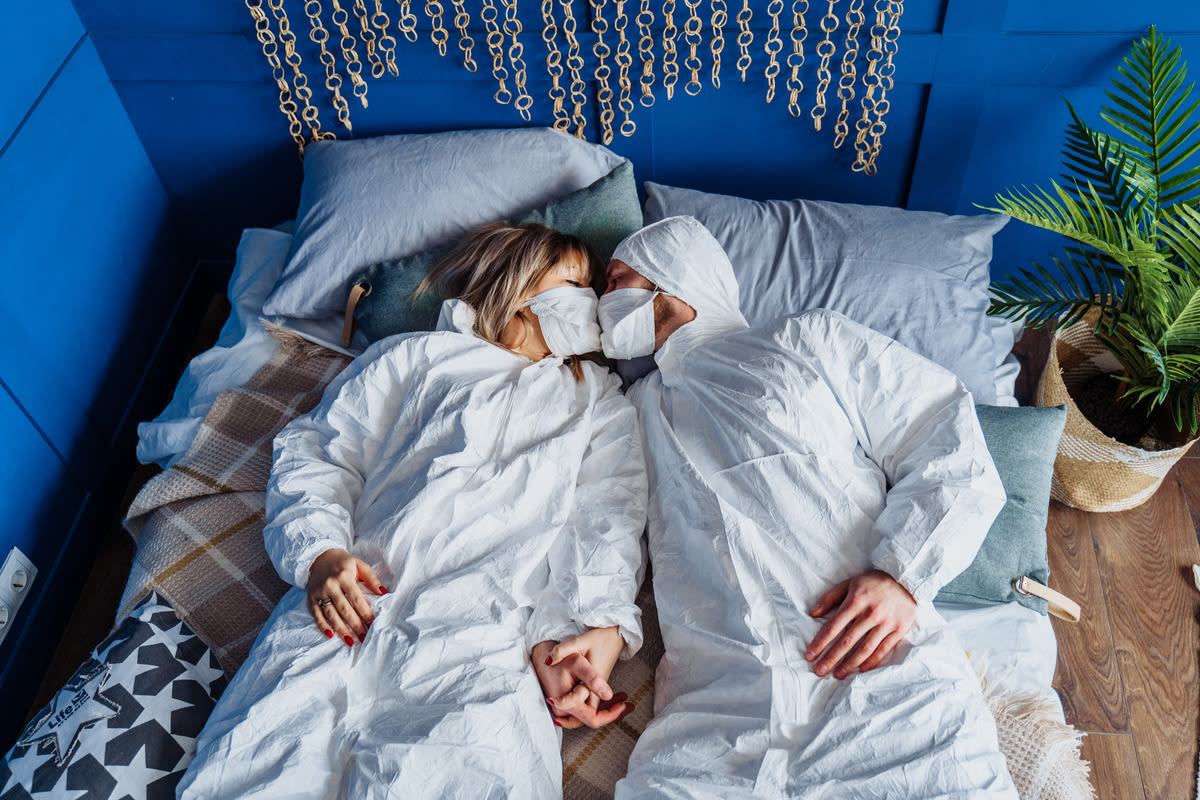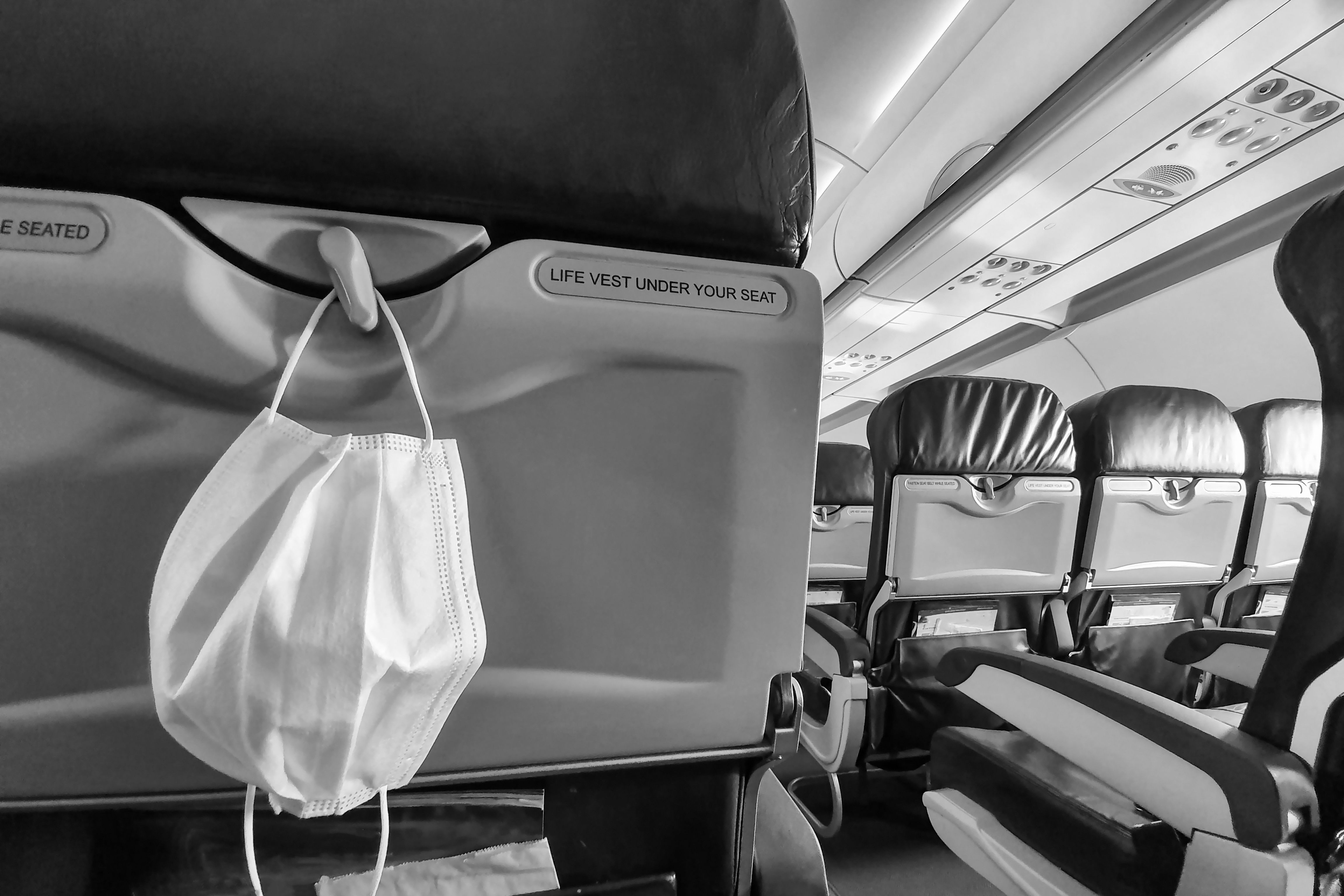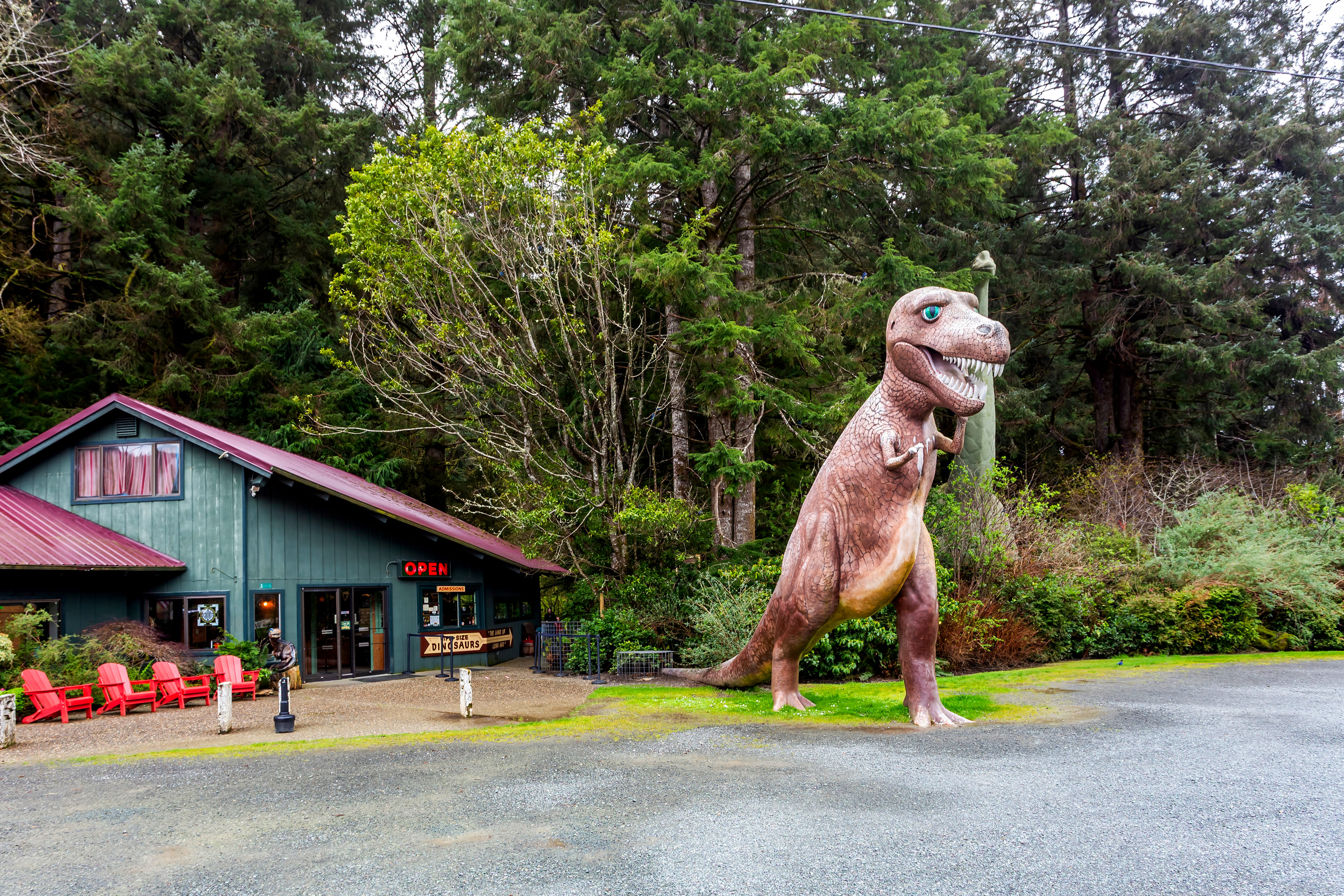Pandemic Travel: A 5,000-Mile Moving-Bubble Road Trip through 10 States
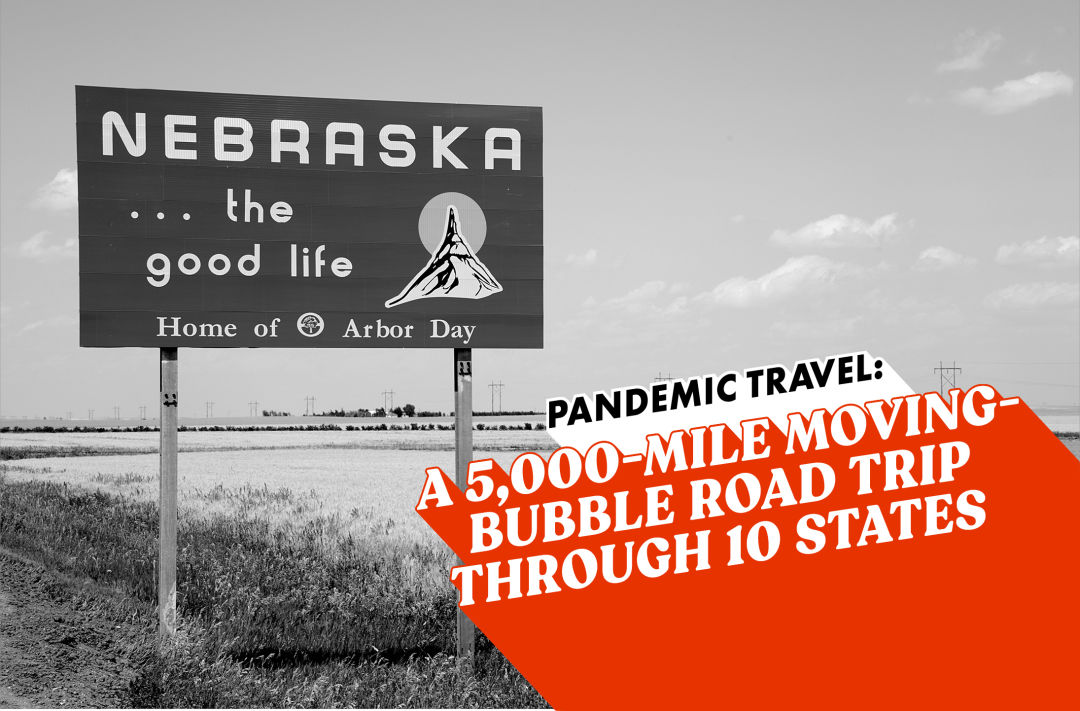
We all have our own risk tolerance levels nowadays when it comes to leaving the house, whether it’s to exercise, get groceries, visit the dentist, see loved ones, or get to work. It’s no different when it comes to getting the heck out of town. Some of us have been weekending in Vegas. Others haven’t left their zip code since March. And a lot of us fall somewhere in between, including Margaret Seiler, who decided the fear of never seeing her parents again outweighed the guilt of abandoning her family for 10 days and incurring the risks of a cross-country drive.
When I drove away from Portland early one evening in mid-September, the air was so clogged with smoke I couldn’t see the hillside next to I-84 through the Gorge. I couldn’t even see the water of the Columbia River, let alone the land on the Washington side. When I set up my tent five hours later at Farewell Bend on the Snake River, a single star was visible through the haze. By the time I passed Salt Lake the next afternoon, there was actual blue sky, something I hadn’t seen since before Labor Day.
On the ground, though, things were trending in the opposite direction as I moved east. During my only stop in Idaho, at a rest area, a maskless woman used the sink next to me instead of waiting till I was done like a civilized six-foot-distance keeper, then coughed into her hand and put said hand under the electric dryer. (After that, I took to peeing in the trees nearby if I saw maskless people entering the rest stop bathroom.) In Rock Springs, Wyoming, I was excited to gas up at a Sinclair and say hi to its cute little apatosaurus statue, but less excited by all the rally-ready pickups loaded with Trump 2020 flags and the “Back the Blue” signs in the windows of most downtown businesses. In western Nebraska, where I pulled off the interstate when I saw a Cabela’s sign and nonchalantly walked into the outdoors megastore to pick up a wool hat (I hadn’t planned to enter any businesses on the way, but I'd forgotten a hat and nights were really cold when I was the only person in the tent), it took me about 90 seconds to realize I was the only person besides the elderly cashier wearing a mask.
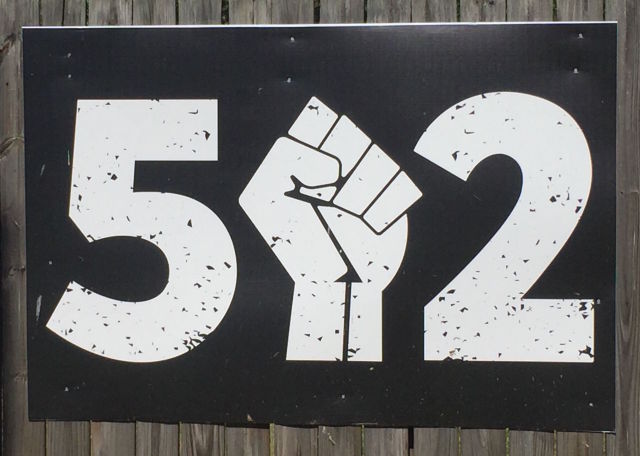
Louisville, Kentucky, is more than 2,300 miles away, but only one digit away from Portland’s area code.
Image: Margaret Seiler
I was most definitely not in Oregon anymore, and not yet in Kentucky, either. That’s where I was headed, to wish my mother a happy 80th birthday and also lay eyes on my dad, his wife, and my uncle, all septua- and octogenarians I was afraid I might otherwise never see again and whom I planned to go nowhere near. I’d gone back and forth on whether I would make the trip. My brothers, who both live within a long day’s drive, had to my horror decided to fly in and share an Airbnb and a rental car. (The online other guests at the backyard “party,” they could at least quarantine when they got home, something that’s tougher for me, in a house with one bathroom and two small children.) I’d booked a converted garage to stay in where I wouldn't share air with anyone, made reservations at campgrounds along the way, packed many days worth of food, and had as many home-sewn masks in my suitcase as I did pairs of underpants. My travel mantra was an Airplane! misquote: Don’t be a vector, Victor.
Kentucky’s mask mandate, I knew, was protecting my parents and other older or vulnerable relatives and friends, even if they weren’t all protecting themselves as much as I would hope. And I knew not every state had a mandate, but even without it being required by law I didn’t expect to see so many people—pregnant people, older people, people who were slow moving and needed to stop and catch their breath and lean on a companion—going maskless.
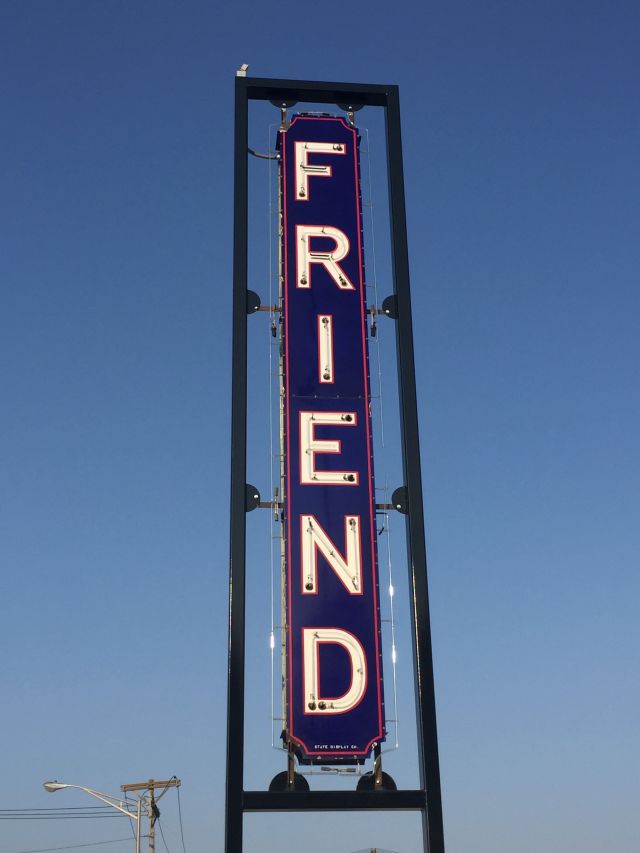
Nebraska outside of Lincoln wasn’t all scary: there’s a town called Friend.
Image: Margaret Seiler
In the time it took for me to gauge the risk levels in that Nebraska Cabela’s, I’d also determined the hats there were just lame acrylic. I sped out of the store and searched up the nexus of “mask mandate” and “wool beanie” from the parking lot, and set a course for Scheel’s in Lincoln, listening to local news reports of wedding-related outbreaks and frantic rural public health officials as I crossed the 400-mile-wide state.
Nobody wore masks in the Missouri convenience store I unexpectedly had to enter the next day to get quarters for the air pump when my tire was low. (Pandemic travel tip: bring quarters!) The man behind the counter, who seemed happy to have strangers breathe on him for his entire shift, told me only a few cities in the state had such annoying rules, places he tried to stay out of. When it came time to plan my way home—after three days of backyard visits, distanced walks, takeout picnics, en plein air pee breaks behind my mom’s HVAC unit since I certainly wasn’t entering anyone’s house, zero hugs, and several very strange conversations in which I explained over and over that no buildings in Portland had been burned down and just because police call something a riot doesn’t make it a riot—those were the only places I wanted to stop.
Maybe I should take a different route back? Hadn’t the Kansas governor issued a mask mandate? On further research, I learned Kansas counties could opt out of it, and most had. So, after I stopped to take pictures of Louisville’s police blockade and checkpoint to get into the heart of downtown (something I’d never seen before in the United States—the grand jury announcement in the Breonna Taylor shooting came down later that day) and have the police take pictures of me, it was back through Lincoln’s Lancaster County and its mask mandate. Its boundaries included a state park surrounded by cornfields where I was the only camper (but had the company of deer, frogs, owls, and raccoons). The next day, I took a leg-stretching afternoon stroll on the masks-required University of Wyoming campus to pay my respects at the unassuming Matthew Shepard Memorial Bench, and then proceeded to a night’s stay just north of Salt Lake, where the county didn’t have a mask mandate but at least bordered ones that did.
That’s where I had my first campground human interaction since I’d had to show my ID to a masked ranger at Farewell Bend that first night (to prove to her that, despite my rental car’s Washington plates, I was an Oregonian and didn’t have to add the 30 percent out-of-stater surcharge to the envelope of cash I’d stuffed through the metal slot). I’d pulled in to the Utah campground well past dark, with 15 minutes to spare before the park gates closed (you can make good time when a pandemic prevents you from indulging your natural road-trip curiosity about every place you pass through) and hadn’t noticed how low that pesky tire was. By morning it was completely flat. After I’d put the doughnut spare on and was heaving the flat tire into the back seat to take to a truck stop, a pair of just-retired RVers walking past offered to fill it with their brand-new compressor.
Overwhelmed by their kindness, I hoped I didn’t appear ungrateful as I backed farther and farther away while they fired up their generator and compressor to fill my flat tire, the noise of the machinery forcing us all to shout to be heard, which just expanded our radius of possible contagion. Don’t be a vector, Victor, I kept thinking with each backward step. Don’t be a vector.
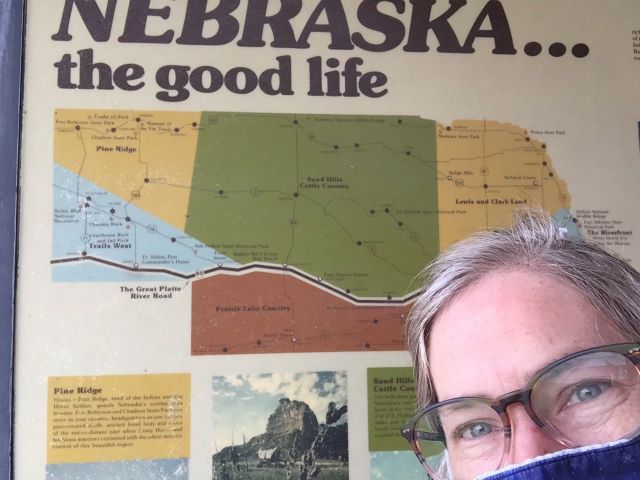
Image: Margaret Seiler
Margaret Seiler, Portland Monthly’s managing editor, checked off her 48th state on this trip and welcomes postpandemic travel suggestions for her remaining two: Hawai’i and North Dakota. If you have any, or if you want to share your own pandemic travel story for this series, email [email protected]




